
How to Select a Swimming Pool Pump
Pool pumps circulate water through the pool filtering system, mixing chemicals and sanitizing the water to help keep it clean. The pump must be the right size for your pool so that the filtering system operates efficiently.
This guide will show you how to select a pool pump. You’ll need to calculate your pool’s capacity, as well as the flow rate, turnover and the resistance. With these numbers, you can determine the proper size pump for your pool.
Select the Right Size Swimming Pool Pump
You might think bigger is better in terms of pump size. However, a pump that is too big can cause problems.
To get the right size pump, you need to know the volume of water in your pool. The volume is the pool’s total capacity, which is measured in gallons.
Start by figuring out the average depth of your pool. You will need to know how deep the shallow end is and the depth of the deep end. Measure the two ends if necessary.
Add the two depth measurements together and then divide by two to get the average depth.
Average Depth Sample Calculation
Shallow End Depth = 4 feet
Deep End Depth = 12 feet
4 + 12 = 16 feet
16 feet ÷ 2 = 8
The average depth of the pool in this example is 8 feet.
To determine the volume of water, use the formula for the shape of the pool you have:
- Circular Pools: Diameter (ft.) x Diameter (ft.) x Average Depth (ft.) x 5.9 = Total pool capacity in gallons
- Oval Pools: Length (ft.) x Width (ft.) x Average Depth (ft.) x 6.7 = Total pool capacity in gallons
- Rectangular Pools: Length (ft.) x Width (ft.) x Average Depth (ft.) x 7.5 = Total pool capacity in gallons
Once you know the volume of water in your pool, you’re ready for the next step of calculations.
Calculate Flow Rate and Turnover
Next, you’ll need to figure out the flow rate and turnover required to circulate the water for the time you want.
Flow rate is the number of gallons of water the pump moves per minute. Turnover is the minimum amount of time needed to circulate all the water through the pool filter.
Pool water gets dirty and cloudy if it isn’t all pushed through the filter at least once a day.
Use this formula to figure out the turnover rate:
Pool Volume in Gallons ÷ Turnover Rate in Minutes = Flow Rate
Example: If you have a 25,000-gallon pool, and you want the water to turn over once every 8 hours:
There are 60 minutes in an hour, so 8 hours would be 480 minutes:
8 hours x 60 minutes = 480 minutes
Then you would divide the pool volume in gallons by the number of minutes:
25,000 ÷ 480 = 52 gallons per minute
Your 25,000-gallon pool needs a pump with an output of 52 gallons per minute to circulate the water once every eight hours.
Calculate Maximum Flow Rate
The size of your pool’s pipes determines its maximum flow rate.
Count the number of intake lines for your pool and refer to the common pipe sizes below:
- For each 1.5-inch intake line, the maximum flow rate is 42 gallons per minute.
- For each 2-inch intake line, the maximum flow rate is 73 gallons per minute.
Example:
Two 1.5-inch intake lines = 2 lines x 42 gallons per minute = 84
The maximum flow rate for a pool with two 1.5-inch intake lines is 84 gallons per minute.
Every pool filter has a maximum flow rate, measured in gallons per minute. The maximum flow rate for your pool pump should not be more than the maximum flow rate of your pool’s filter. If your pool pump pushes more water through the filter than it can handle, the filter won’t work correctly.
If your pool pump has a higher maximum flow rate than your pool filter, you should either get a pool pump with a lower flow rate or a filter than can handle more water. When the numbers for the pool pump and filter don’t match, operating the pool pump can damage the filter.
Calculate Resistance
Every piece of equipment connected to your pool’s circulation and filtration creates resistance to water flow.
The length and size of your pool’s pipes, type of filter, and features like heaters and pool cleaners increase the resistance.
Use a pressure meter and this formula:
- Check the pressure of water flowing into the filter tank and multiply that number by 2.31.
- Get a vacuum reading on the pump suction line and multiply that by 1.13.
- Add the two numbers together and the result is the total dynamic head.
Example: If the water flowing into the filter tank is 10 PSI, and the vacuum reading on the pump suction line is 5 PSI:
Water flow into filter tank: 10 PSI x 2.31 = 23.10
Vacuum reading on pump suction line: 5 PSI x 1.13 = 5.65
Total = 28.75 ft. of resistance
Now that you have the numbers for your pool, use the pump manufacturer performance charts that identify the model and horsepower that is appropriate for your size pool.
Figuring out how to select a pool pump requires some calculations. You’ll need to know the volume of water in your swimming pool. You will also have to calculate the flow rate, turnover and resistance. Then you’ll match those numbers to the ones on the pool pump manufacturer’s performance charts. Getting the right size pump will help keep your swimming pool clean and clear.
Ready to select a pool pump? Vita Filters stocks premium pool pumps from top manufactures including Pentair and Jandy.
Swimming Pool Pumps
Pentair Universal Booster Pump 0.75 HP EC-LA01N
THE BEST BOOSTER PUMP FOR YOUR PRESSURE-SIDE POOL CLEANER. Combines ultimate performance with efficiency for pressure-side pool cleaner ease. The 3...
View full detailsPentair SuperFlo Single Speed Pump 1.0HP EC-348190
This SuperFlo High-Performance Pump is 1 HP, 115/208-230 Volts with 1-1/2 inch connections, and features a superior hydraulic design and thick-wall...
View full detailsPentair WhisperFloXF Single Speed Pump 022018 3.0 HP 3-Phase
THE MOST POWERFUL, EFFICIENT WHISPERFLO® EVER. The new WhisperFloXF® pool pump was developed using the most advanced engineering tools: CFD (Comput...
View full detailsPentair IntelliFlo3 VSF Variable Speed and Flow Pump (1.5 HP & 3.0 HP)
*Variable Speed Pump of the Year designated by the Pool Nation Awards! In stock, ready to ship* ENERGY SAVINGS AND SUPERIOR PERFORMANCE, ALL IN A G...
View full detailsPentair SuperFlo VST Variable Speed Pump 342002 1.5 HP
THE SUPERIOR REPLACEMENT POOL PUMP WITH TRADE GRADE DESIGNATION. The SuperFlo VST Variable Speed Pool Pump features sophisticated technology in a s...
View full detailsHayward SPX1610Z1M Single Speed 1-1/2 HP Maxrate 115/230V Motor for Super Pump
This item has been discontinued by the manufacturer and replaced with the Hayward SPX1615Z1M 2 HP Motor. 2HP are compatible with all the same pump ...
View full detailsPentair WhisperFlo VST Variable Speed Pump 2.6 HP EC-011533
WHISPERFLO VST VARIABLE SPEED POOL PUMP The WhisperFlo VST Variable Speed Pool Pump is available now to keep pools running smoothly. This durable p...
View full detailsHayward W3SP2610X15XE Super Pump XE 1.65HP Multi-Speed
Super Pump XE is the just-right pump for just about any pool. With quick and easy installation and dual-voltage capability, it's the most versatile...
View full detailsPentair IntelliFlo3 VSF Variable Speed Flow Pump with Touchscreen 011067 1.5 HP
*Variable Speed Pump of the Year designated by the Pool Nation Awards! In stock, ready to ship* ENERGY SAVINGS AND SUPERIOR PERFORMANCE, ALL IN A G...
View full detailsPentair OptiFlo Vertical Discharge Pump 3' Standard Cord 1.0 THP 115V EC-348196
RELIABILITY AND VERSATILITY FOR ABOVEGROUND POOLS. OptiFlo pumps for aboveground pools feature a revolutionary design that delivers dependable high...
View full details






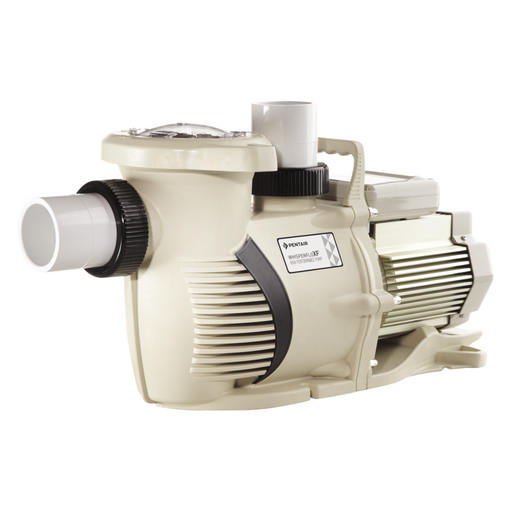

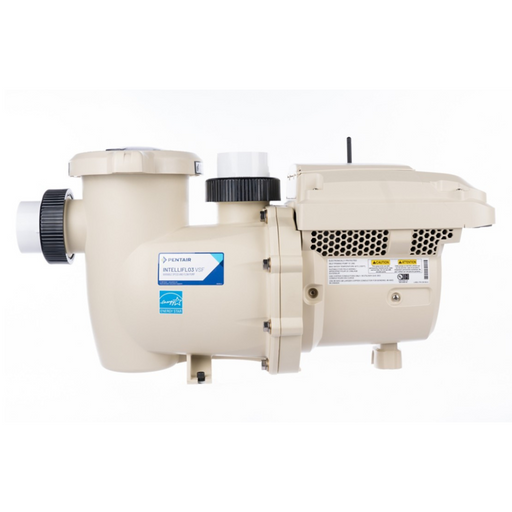
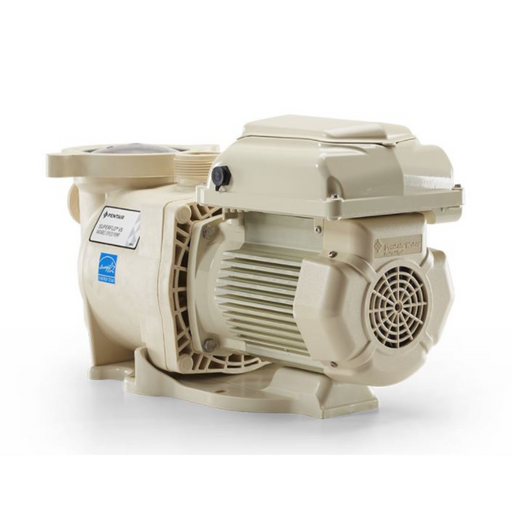
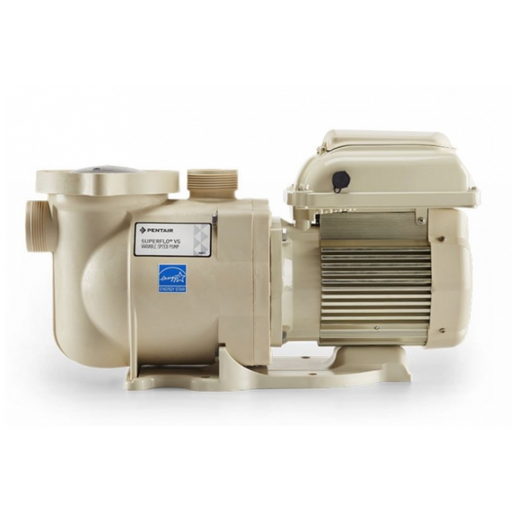


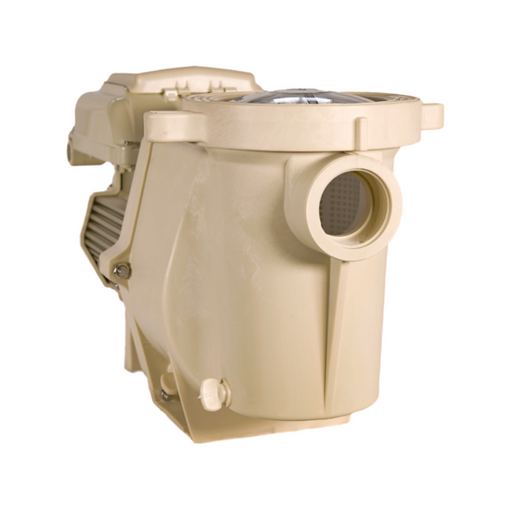


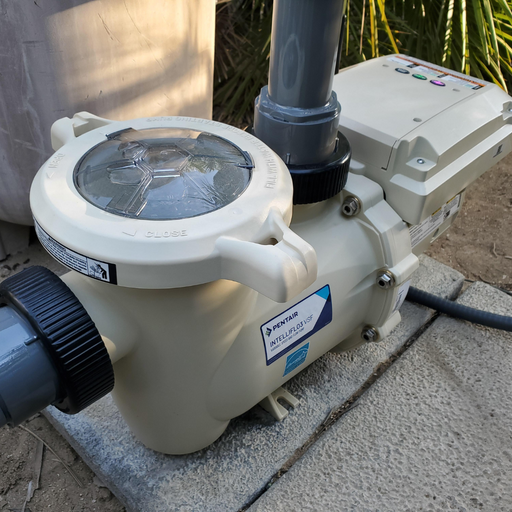


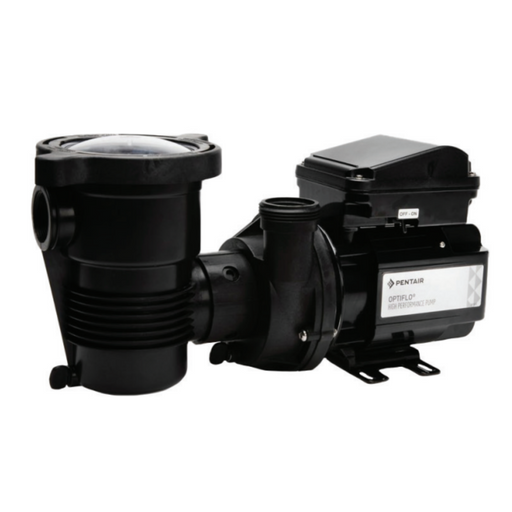
Leave a comment